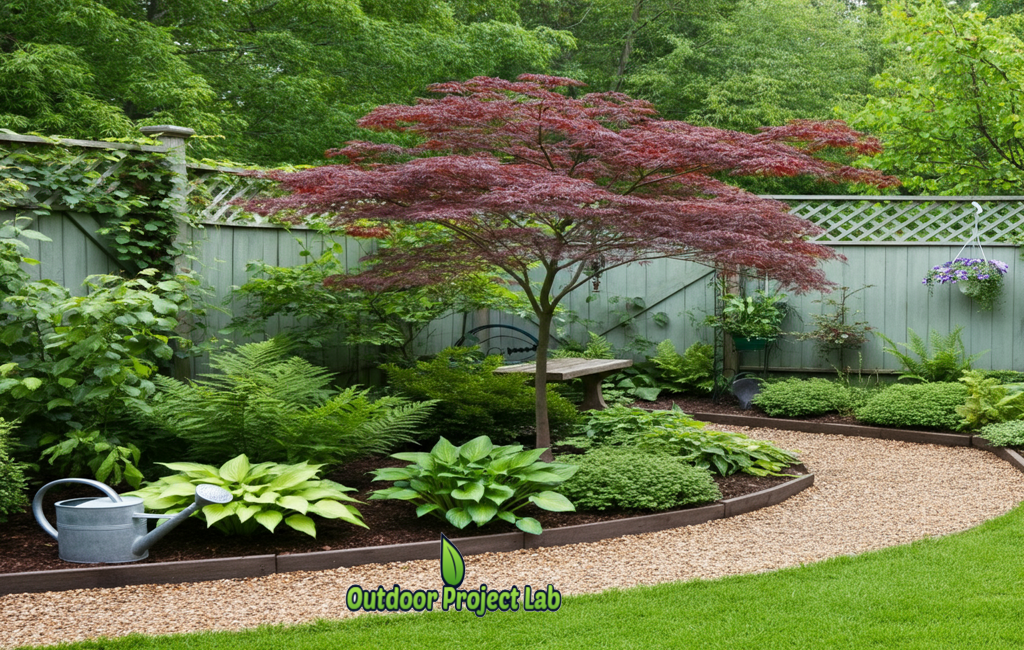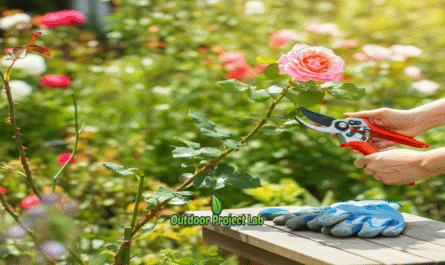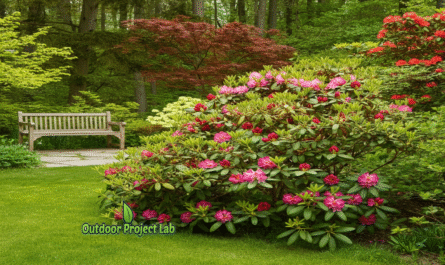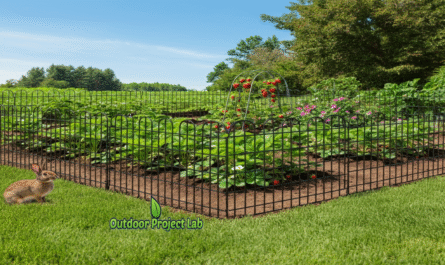Japanese maples are beautiful trees known for their vibrant colors and delicate leaves. They grow well in many climates, including the warm conditions of USDA Zone 9. This guide will help you choose and care for the best Japanese maple, making your garden shine with stunning fall foliage.
What is a Japanese Maple?
The Japanese maple tree, or Acer palmatum, is a type of small ornamental tree loved by gardeners. People plant these trees for their graceful shapes and stunning leaf colors, which can be red, purple, green, or gold. With many Japanese maple varieties available, you can find the perfect one to fit any garden size and style.
Why a Japanese Maple is Ideal for Zone 9
USDA Zone 9 has mild winters and long, hot summers. You might wonder if a delicate tree can handle this climate. Many heat-tolerant Japanese maple varieties are perfect for zone 9 gardening. They have adapted to thrive in warmer conditions, as long as they get the right care. With protection from the harshest afternoon sun, these trees can bring color and elegance to your yard.
Top Japanese Maple Varieties for Zone 9
When growing Japanese maple in warm climates, choosing the right variety is key. Some types handle heat better than others. Here are a few top choices that do well in Zone 9.
- Bloodgood: This is one of the most popular Japanese maples. It has deep red leaves that hold their color all summer. It is a strong tree that can grow up to 20 feet tall.
- Emperor I: Similar to ‘Bloodgood,’ this tree has dark purple leaves. It is a bit smaller, reaching about 15 feet. It’s a great choice for smaller gardens and does well in partial sun.
- Waterfall: If you want a tree with a unique shape, ‘Waterfall’ is a great pick. It has cascading branches that create a flowing look. Its leaves are bright green in the spring and turn to shades of red and gold in the fall.
Care Tips for Japanese Maple in Zone 9
A good Japanese maple care guide helps your tree stay healthy. In Zone 9, you need to pay special attention to water, sun, and soil.
Soil and Mulch
Japanese maples prefer slightly acidic, well-drained soil. If your soil is heavy clay, you can mix in compost to help it drain better. Adding a layer of mulch around the base of the tree will keep the roots cool and moist.
Watering
Properly watering a Japanese maple is important, especially in the heat. Water your tree deeply and regularly about once or twice a week. When it is very hot, you may need to water more often. Always check the soil first. If the top inch is dry, it is time to water.
Sunlight and Protection
The Japanese maple sun requirements in Zone 9 are specific. Most varieties need protection from the hot afternoon sun. Planting your tree where it gets morning sun and afternoon shade is ideal. This helps prevent the leaves from getting burned, a problem called leaf scorch. You should also protect it from strong, drying winds.
Pruning
The best time to prune your Japanese maple is in late winter when the tree is dormant. You only need to remove dead, damaged, or crossing branches. This helps the tree keep its natural shape and stay healthy.
Comparison Table: Best Japanese Maple Varieties for Zone 9
|
Variety |
Leaf Color |
Mature Size |
Sun Exposure |
Heat Tolerance |
Notes |
|---|---|---|---|---|---|
|
Bloodgood |
Deep red |
15-20 feet |
Partial Shade |
High |
Most popular, vibrant foliage |
|
Emperor I |
Dark purple |
15 feet |
Partial Sun |
Moderate |
Good for smaller gardens |
|
Waterfall |
Bright green/red mix |
10-15 feet |
Shade to Partial |
High |
Unique cascading branches |
Common Problems and How to Fix Them
Even with good care, you might run into a few problems.
- Pests: Aphids and scale insects can sometimes bother Japanese maples. You can often wash them off with a strong spray of water. For tips on keeping pests out of your garden, you can learn about the best electric fence for raccoons and similar deterrents.
- Diseases: Fungal diseases can occur if the tree is too wet. Make sure the soil drains well and there is good air circulation around the branches.
- Leaf Scorch: This happens when the leaves get brown and crispy at the edges. It is caused by too much sun, heat, or wind. Make sure your tree is in a protected spot and gets enough water.
For more detailed information, you can explore guides from trusted sources. The Spruce offer excellent advice on Japanese maple care.
To add more color and life to your garden, think about companion plants. You could hang colorful flowers using this mini petunia hanging basket guide near your tree. Or, you could plant bulbs by following this Allium Moly seeds guide.
Growing a Japanese maple in Zone 9 is a rewarding project that adds beauty to any yard. By choosing the right variety and providing proper care, you can enjoy its stunning foliage for years. For more gardening tips and ideas, visit our homepage.




